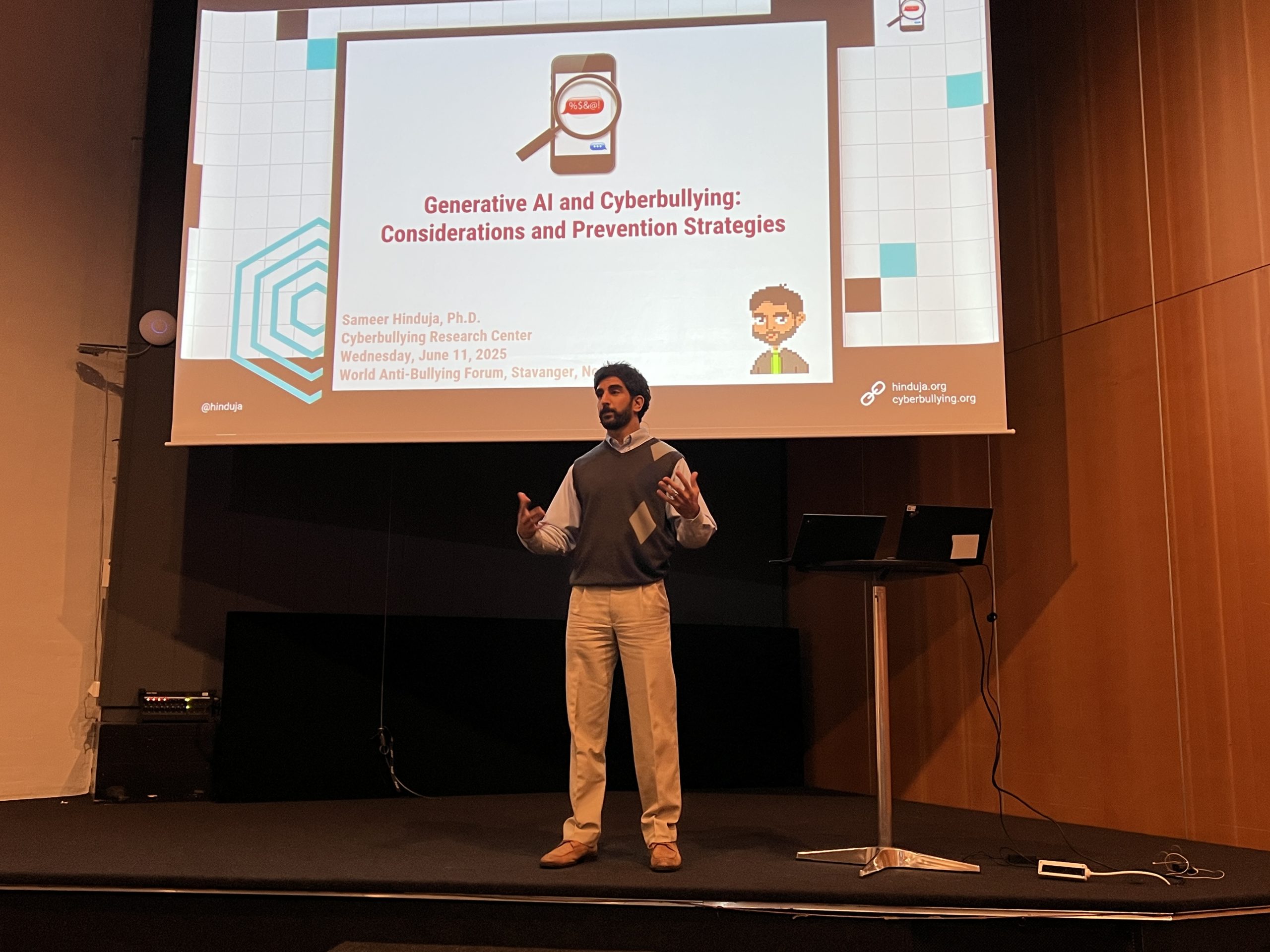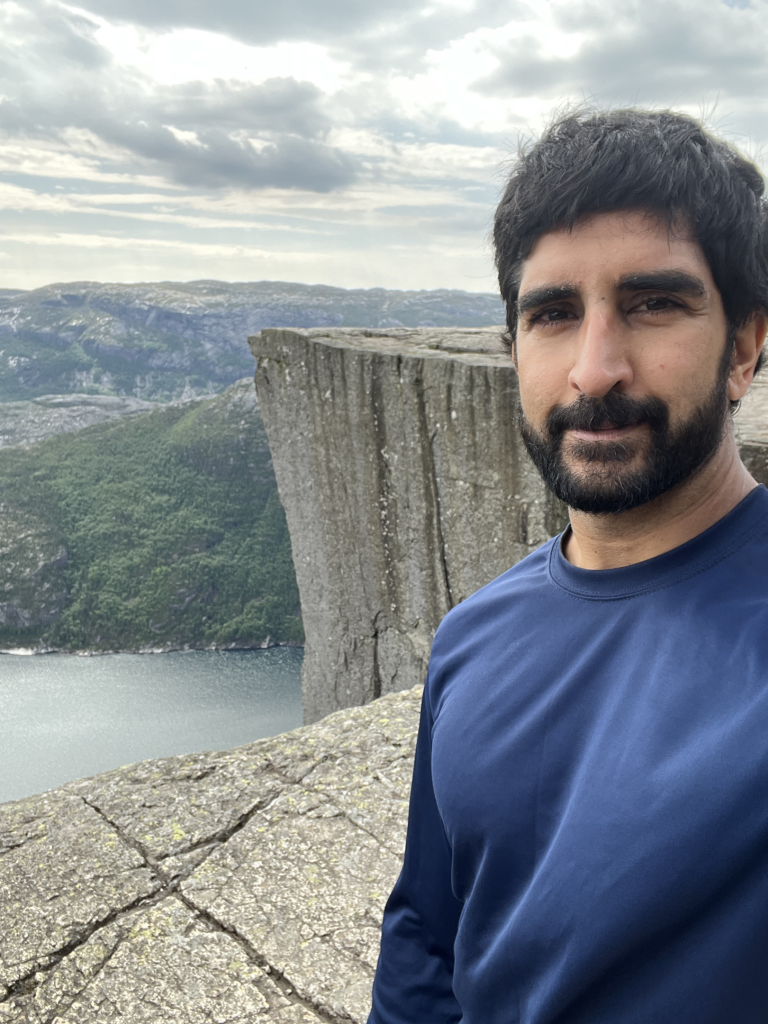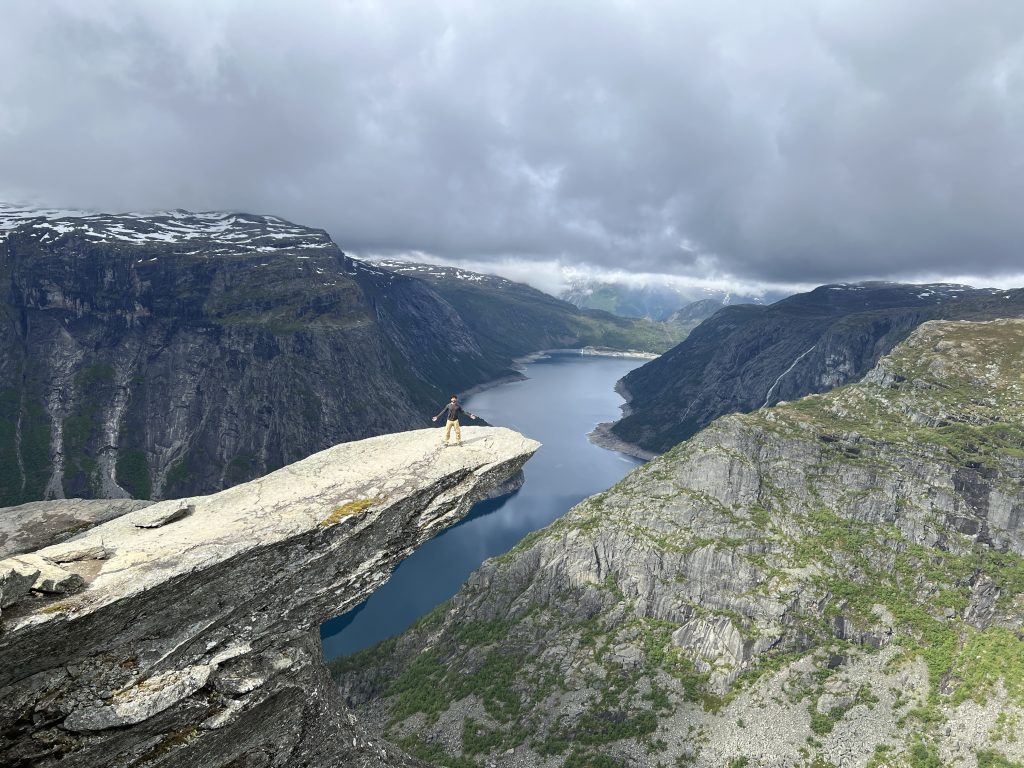
I just wrapped up participating in the 2025 World Anti-Bullying Forum (WABF) in Stavanger, Norway, and it was…epic. I do not use that word lightly. The WABF has always been special to me, as I get to spend time with other passionate scholars and practitioners who have come together to tackle bullying in all its forms. Since its inception in 2017, the Forum has grown into a global hub for research, policy, and practice, and I’ve shared my thoughts from previous conferences (e.g., Stockholm, Charlotte) because of how memorable they are. Each time I attend, I leave energized and inspired – and this year was no different.
Walking into the venue on the very first day, I was greeted by familiar faces – colleagues who have become friends over the years and people I deeply care about. Indeed, there is such camaraderie and a feeling of “family” across our field, and it’s so evident when we all get together. I’m grateful for the leadership of Frida Warg and Magnus Loftsson from Friends, an amazing Swedish NGO founded in 1997 that launched WABF years ago, and for the University of Stavanger and a team led by Hildegunn Fandrem – our hosts this year. There are many others to recognize – forgive me if I do not mention you by name in this summary.
Much of my recent work has focused on the risks and harms associated with AI, especially as these technologies become more accessible and influential in the lives of youth. As I’ve written about previously, generative AI obviously is revolutionizing content creation, but with this tremendous ability comes a host of new challenges. I am steadfastly pro-technology, but it’s important for all of us to be aware of the wide range of possible risks, including the spread of false information, the creation of explicit or defamatory content, and the ways in which AI can facilitate cyberbullying, hate speech, and identity-based attacks.
Solutions are evolving, but progress is occurring in fits and starts as the rapid release of new models continually expands the realm of possibilities for everyone. Detection remains complex, as current tools to identify AI-generated content are inconsistent and sometimes unreliable. There are also very real concerns about privacy, intellectual property, and the unintended consequences of labeling synthetic content. Addressing these issues requires a comprehensive approach, with regulation, platform accountability, education, and technological innovation all working together. I am committed to not just reducing the frequency and impact of GenAI victimization, but also empowering all stakeholders – from educators to regulators to platforms – to prevent its misuse and abuse while still harnessing its incredible potential for good.

At this year’s WABF, I had the opportunity to present our latest research on generative AI harms among youth, drawing from our brand new, nationally representative dataset involving US middle and high schoolers. For the first time, I was able to update the community on the prevalence of youth participation in twelve distinct types of AI-related risks and harm including generating nude and non-nude deepfakes, spreading AI-generated misinformation, engaging in identity theft, creating hate speech content, and orchestrating harassment campaigns. My talk also tackled what platforms, educators, parents, and other stakeholders can do to reduce problematic participation and encourage the ethical, prosocial use of these emerging technologies. Justin and I are currently preparing the full research paper for publication and look forward to sharing the detailed findings later this summer, so stay tuned for more insights and recommendations.
Finally, I must share about the other activities woven into the conference experience itself. Earlier, I used the word “epic,” and it truly fits. Wednesday evening set the tone with a grand welcome dinner for all attendees in an elegant and beautifully lit ballroom. We also enjoyed the sounds and sights of authentic Norwegian entertainment by Mari Boine that gave us a taste of the local culture. The evening was also a time to honor excellence in our field with various awards – the most powerful of which was a Lifetime Achievement award for Dr. Peter K. Smith. Peter was an absolute giant in our field, and his recent passing just before the conference provided a sense of solemnity and gratitude to the evening. His legacy will continue to shape what we do for decades to come.
On Thursday evening, we took a scenic boat ride across the fjord to Flor & Fjære – a magical island that felt like a combination of a tropical paradise, the elegance of the Biltmore Estate or Versailles, and the Garden of Eden (minus the animals). There, we enjoyed a delicious dinner, fun conversation with new friends, and had the opportunity to wander through lush, meticulously curated grounds full of waterfalls, beaches, exotic palm trees (in Norway!!), topiaries, coy ponds, and 50,000 or so colorful flowers. It felt like a once-in-a-lifetime experience to me.

Then, on Saturday morning, many WABF attendees set out to conquer Preikestolen – also known as Pulpit Rock – and one of Norway’s most iconic hikes. The round-trip covered about 5 miles (or 8 kilometers) with an elevation gain of over 1,600 feet (or 500 meters) and took us around three hours to complete. It was joyful to hike alongside friends from the conference, and it was spectacular to see the view at the top. During my visit to Norway, I also did two other world-famous hikes that were on my bucket list – Trolltunga and Kieragbolten – the former was the most majestic hike I have ever been on, and the latter’s boulder feature was extraordinary to see in person (and to stand on, especially with heavy gusts of wind trying to knock me off).



As I wrap up my reflections on this year’s conference, one thought keeps lingering in my mind. What makes this community so special is the genuine absence of competition, posturing, or academic one-upmanship that I have seen in some professional communities. Instead, there’s an unmistakable spirit of camaraderie and a shared purpose. We champion one another, we honor the pioneers who have come before us, and we try to inspire the next generation of scholars and practitioners. My heart is genuinely connected to so many of my colleagues, and just thinking about them as I write this brings a smile to my face. I’m already looking forward to WABF2027, but in the meantime, I know we’ll continue to do our part to create a world with less bullying, harassment, aggression, and interpersonal harm online and offline through our work and our everyday lives.
Image: Flor & Fjære








